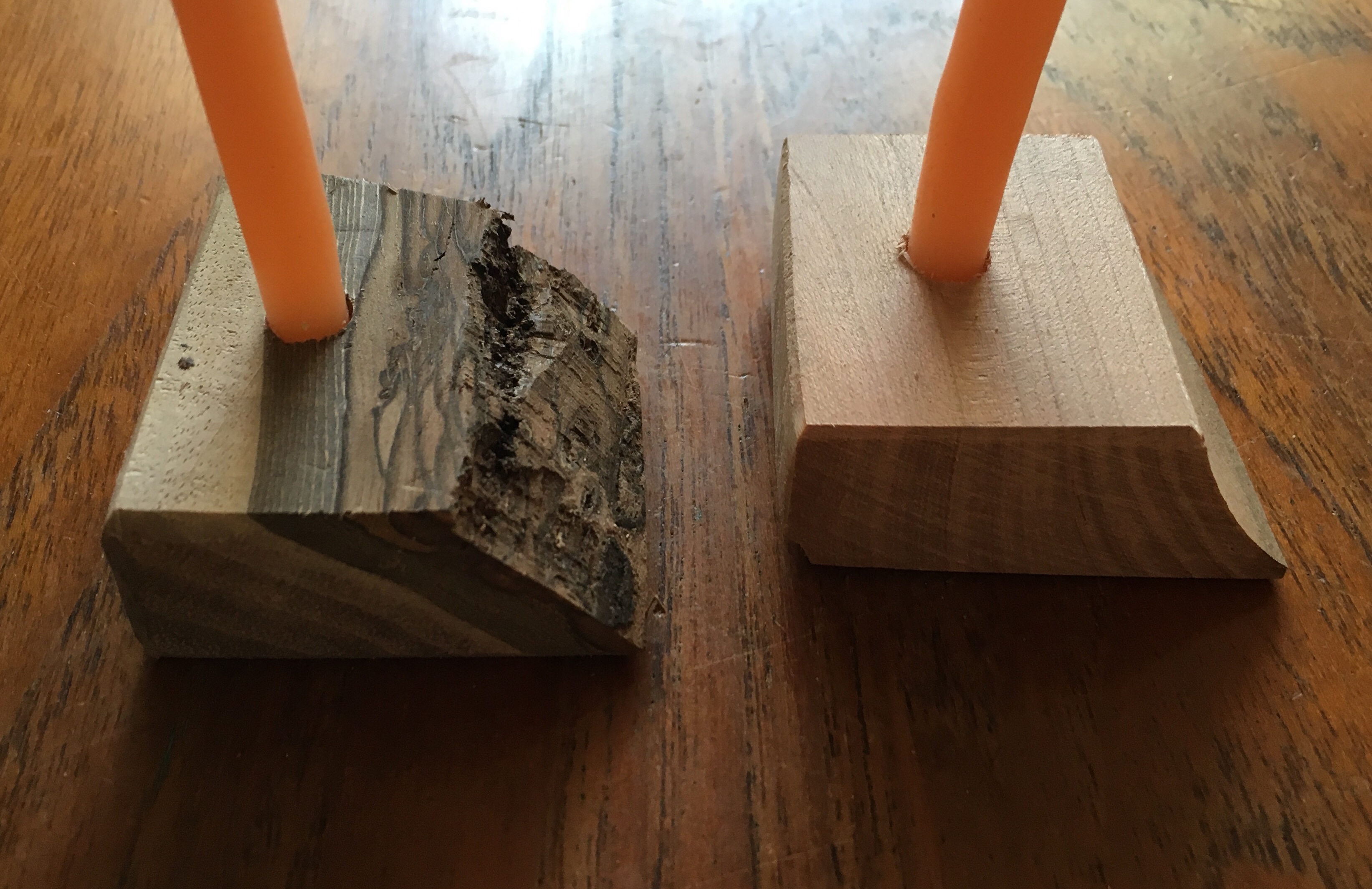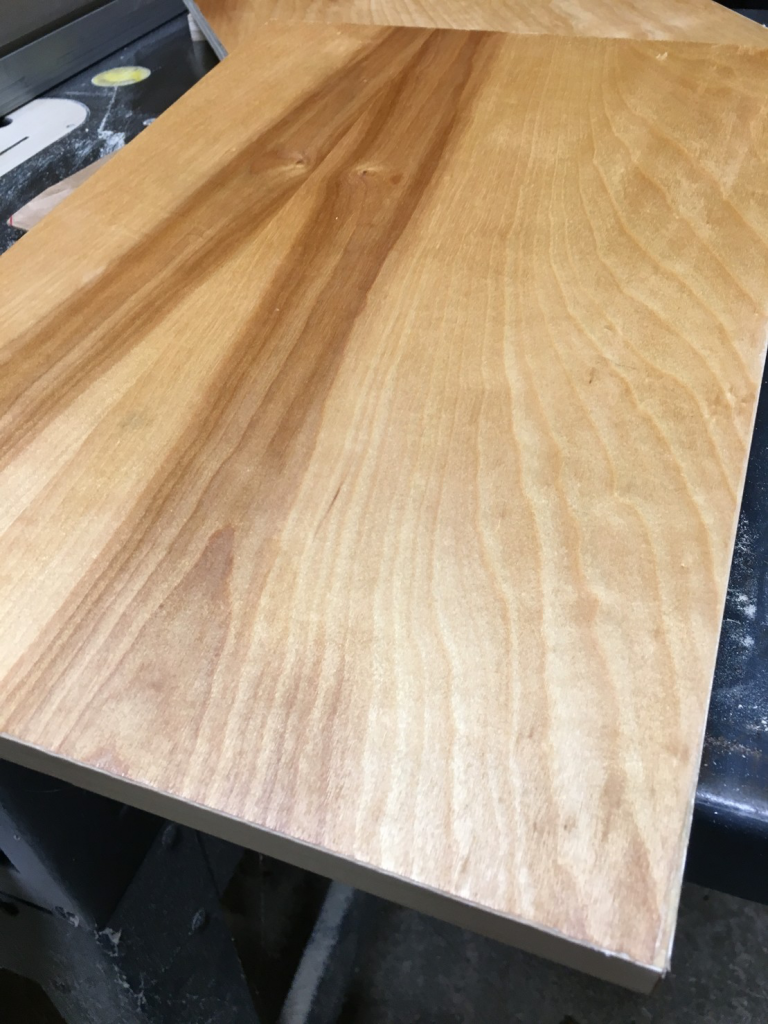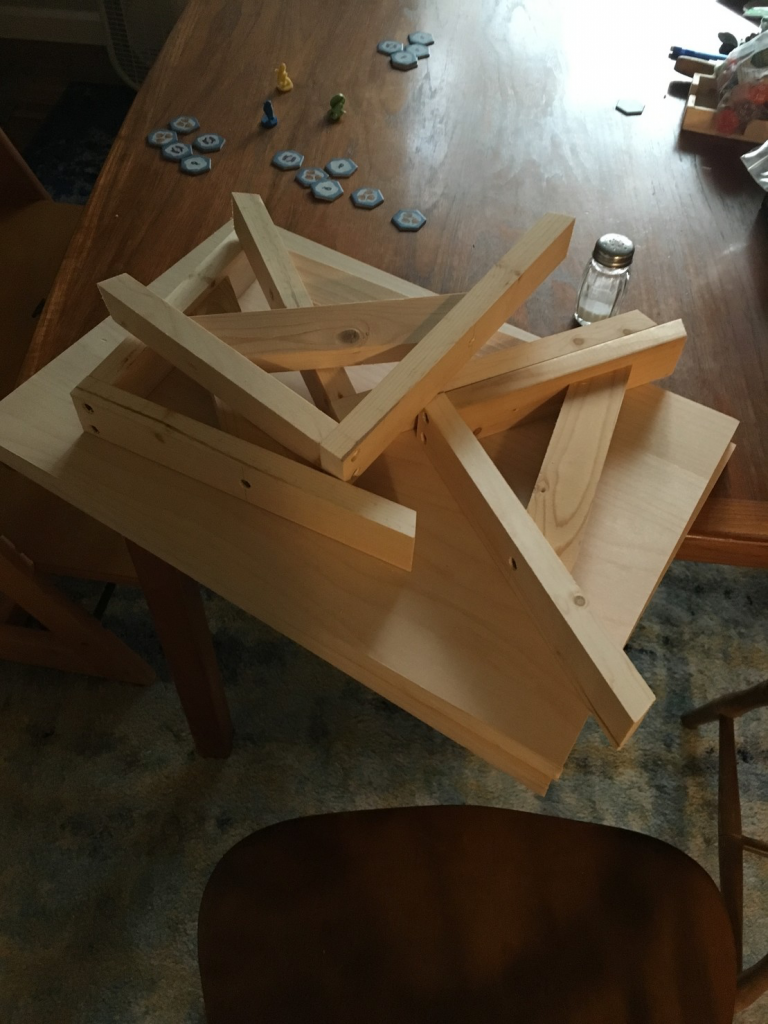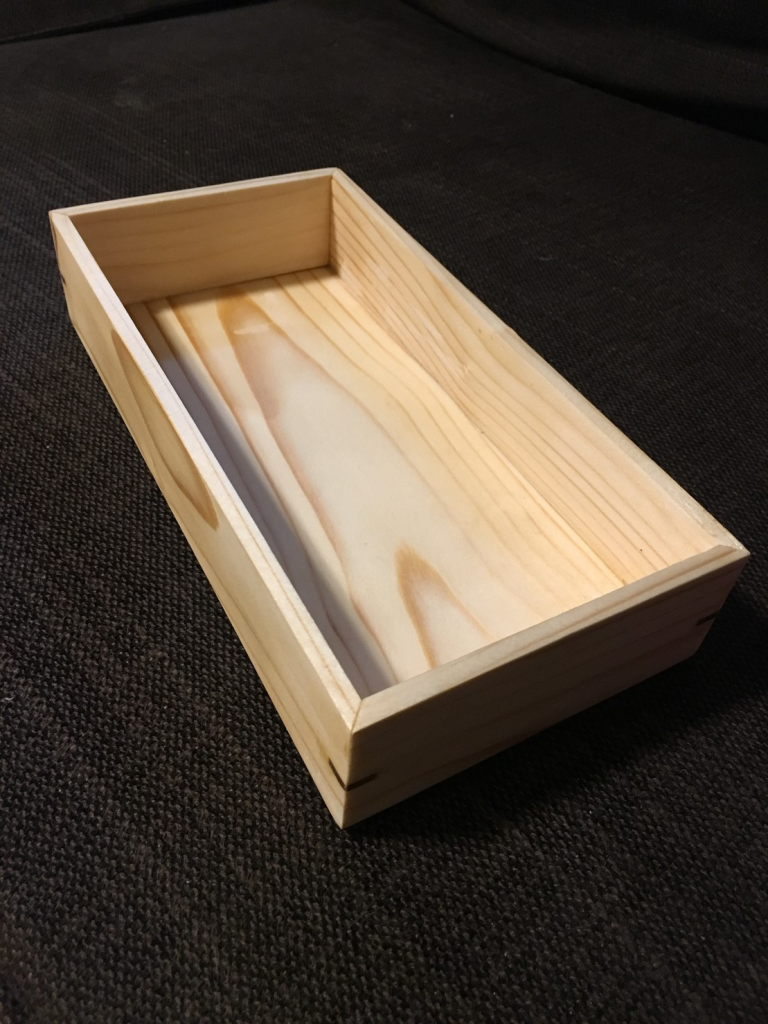Arguably the single most important part of any project that everyone skips is defining what makes a project successful.
The Traps to Avoid
Doing so focuses the project and, more importantly, will help you ignore three big traps:
- Taking on other people’s definitions of success.
- Never finishing.
- Grabbing onto tantalizing data that don’t actually support your goals.
Other People’s Ideas of Success
Often–always, actually-–when working on a project people will offer opinions and ideas on what you should do with it. This is human nature and is a lovely thing. If you’re not sure in what you want though, well, it’s easy to take on their thoughts as your own. Feedback is good, taking it all in means that you’re not secure in why you’re doing what you’re doing.
A lot of what people will suggest means success is going to have to do with capitalism. Always remember that you are not required to monetize your joy.
Never Finishing
Finishing anything is hard. It’s so hard.
The last 10% of even the best scoped projects is always 1000% of the work. Nothing will kill your momentum during that difficult phase more than not knowing what you’re actually shooting for.
You get lost, flail about for a bit, and put it down forever. It’ll make you feel guilty for a long time too whenever you think about it.
Tantalizing Data
Social Media figured out years ago that people like having numbers attached to their posts. Engagement metrics are, frankly, super fun because it’s a nice dopamine hit to see strangers interact with your posts! My guess is that with any interrogation though you’ll find that your reasons for posting are not to see analytics numbers tick up.
You’re probably, at a minimum, more interested in a specific audience liking and retweeting your work. Or, the actual reason you’re posting on social media might be to sell your project, generate commissions, share it with a group, keep a diary for yourself, OR any number of totally valid reasons to use social media.
A large number of favs, shares, and/or retweets is rarely going to be your project’s actual goal. If it is, you can go and buy those likes and retweets from many numerous shady websites with a minimum amount of fuss.
A Personal Example
To personalize this: the primary goal of the posts on this blog are to help me organize my thoughts and to reference them later on. A secondary goal is to share posts with my social circles. A tertiary goal is for random folks on the internet to find the posts when they’re looking for specific information.
This post was written as a reminder to myself to avoid mistakes I’ve made in the past. I’ve walked directly into all of the three traps above and will likely continue to do so. If anyone else reads this post hopefully they’ll be able to use it as ammunition against me the next time I dive in headfirst into a project without a goal.
If my primary goal was to achieve some sort of Elite Blogger Status I’d have to do things a lot differently. Probably there would be no cryptic posts about goal setting! Not going after that particular goal frees me up do what I actually want with this little corner of the internet and not obsess too much over analytics numbers.













